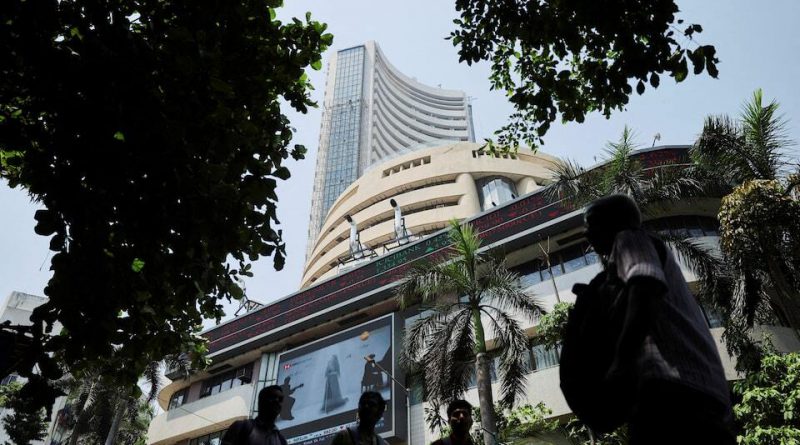India’s Equity Markets Hit Fresh Highs Amid Growth Optimism and Cooling Valuations
Mumbai – India’s equity markets reached new highs on Thursday, driven by rising confidence in the country’s economic momentum and renewed optimism surrounding corporate earnings, with investors responding positively to improved valuations and a steady macroeconomic environment.
The Nifty 50 and Sensex briefly touched fresh peaks after a gap of 14 months, reflecting a revival in market sentiment as expectations of strong quarterly earnings combine with supportive fiscal and monetary conditions that continue to underpin broader financial stability across the economy.
The Nifty 50 rose as much as 0.40% to reach 26,310.45, while the BSE Sensex advanced 0.52% to 86,055.86, marking their highest intraday levels since late 2024 before marginal profit-booking brought both benchmarks slightly off record closing positions by the end of the session.
Investors have been closely watching India’s economic trajectory, with projections indicating that Asia’s third-largest economy likely expanded by nearly 7% in the July–September quarter, and is on track to grow around 6.8% for the current financial year ending March 2026, offering a solid backdrop for market strength.
Market analysts say the earliest signs of an earnings rebound in the September quarter have raised expectations that corporate profitability will continue improving through the second half of FY26, supporting a more constructive outlook for the broader equity universe.
Forecasts from global financial institutions project additional upside, with some analysts expecting the Nifty 50 to move toward the 30,000 mark by late 2026, indicating a potential continuation of the upward trend if macroeconomic conditions remain favourable and earnings momentum stays on course.
Corporate earnings in the latest quarter showed the strongest recovery in more than a year, aided by stable inflation, supportive tax policies, and lower borrowing costs, all of which have contributed to stronger consumer demand and more resilient profit growth across key sectors.
The consolidation phase seen over the past 14 to 15 months helped narrow the previously wide gap between earnings and valuations, creating what investors considered healthier entry points as valuations gradually eased from elevated levels seen in 2024.
Currently, the Nifty trades at around 22.7 times its 12-month forward price-to-earnings ratio, slightly lower than its earlier range of 23 to 25 times, giving investors confidence that the market is now on a firmer foundation with scope for incremental gains.
Reduced valuation premiums compared to other Asian markets have also attracted the attention of global investors, who are increasingly responding to India’s improving earnings outlook and the perception of relatively strong economic fundamentals.
Market experts note that domestic institutional participation remains a key stabilising force, consistently offsetting periods of foreign investor outflows and ensuring steady liquidity even when external sentiment turns cautious.
Equity mutual fund inflows have remained uninterrupted since early 2021, with systematic investment plan (SIP) contributions rising to record levels through 2025, highlighting sustained interest from retail investors and strengthening the market’s domestic backbone.
Data shows that domestic institutional investors have purchased equities worth nearly 2.92 trillion rupees so far in 2025, significantly outweighing foreign portfolio outflows, which totalled around $16.9 billion over the same period.
India’s comparatively low exposure to the global artificial intelligence-driven market cycle has also provided a natural hedge for foreign investors seeking diversification, particularly as other regional markets face volatility linked to sector-specific risks.
Analysts suggest that India’s recent underperformance against other Asian and emerging markets through much of the past year could encourage foreign investors to re-enter Indian equities, especially if economic indicators continue trending positively.
A potential trade agreement between India and the United States is also viewed as a possible catalyst for renewed overseas portfolio inflows, with market watchers anticipating that such developments could further strengthen investor appetite in the medium term.



